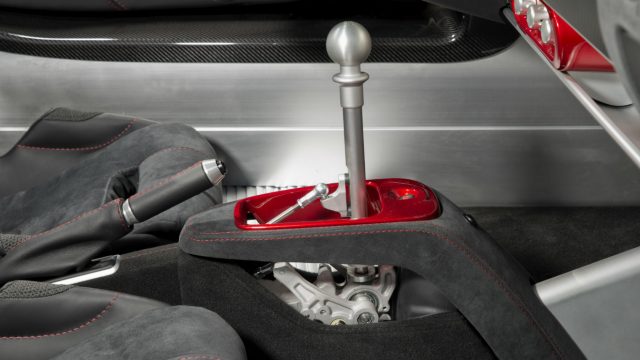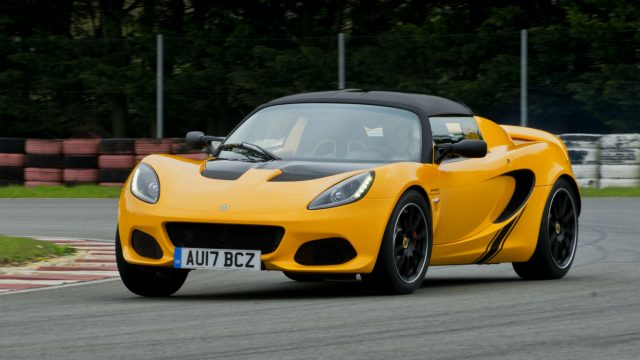
Lotus has reintroduced the Sprint, this time as a super-lightweight Elise. Carbon fibre panels, carbon race seats, a lithium-ion battery and forged alloy wheels contribute to a 40kg reduction. That means a power-to-weight ratio unequalled below £50,000.
Available in two specifications, with either a 1.6- or 1.8-litre supercharged Toyota engine, the Sprint package adds £5,000 to the price of the Elise Sport, which translates to £37,300 or £44,300.
The Elise remains a fine-looking sports car, so very compact, yet with a purpose that suits its status as a winner on the road and track. Key exterior features to spot are the distinctive Sprint decals and the spun edging to the 5kg-lighter forged alloy wheels: a homage to those on the very first Lotus Elan Sprint of 45 years ago.
The front clamshell has a new, muscular look, while at the rear the light clusters are reduced from four to two pairs. This saves weight and makes the 2017 Elise distinctive, too.
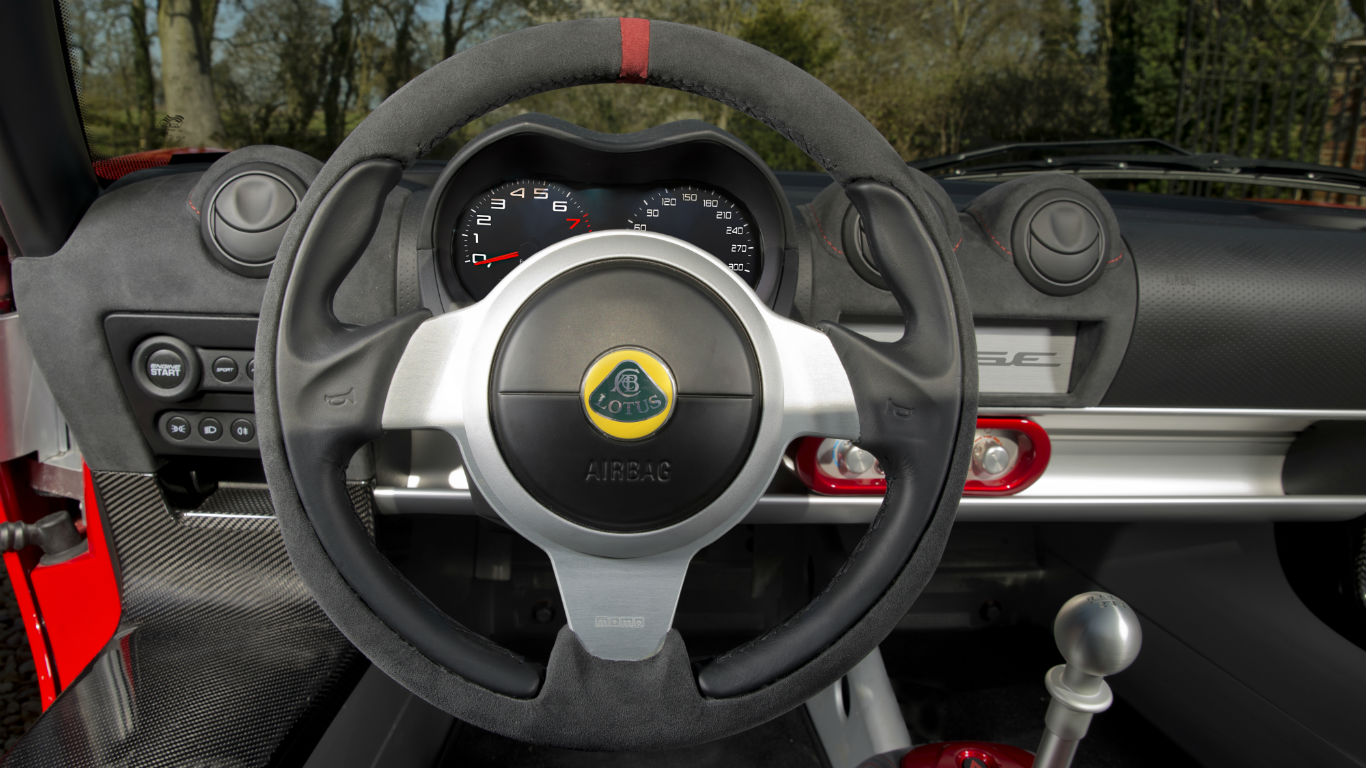
The big deal, both from a weight-saving point of view, as well as a making a strong visual impression, is the use of carbon fibre. The access panel, roll-hoop and engine cover save 5kg. Carbon sports seats shave another 6kg. The lithium-ion battery is a whopping 9kg lighter, while the lightweight polycarbonate rear window cuts another kilo.
There are some smart options, too, like graphite doors sills that fit really well – and free up an additional 10mm of entry height. The carbon roof also offers more interior headroom than aftermarket alternatives. The cabin also boasts some nice touches, such as the colour highlights on the seats and centre console.
However, the exposed mechanical gear change is the real piece of architectural theatre. Machined aluminium with exposed precision bearings, this looks racecar-purposeful. It’s functional, too – fabulously precise with a pleasing snick-snack every time you shift gear.
The instruments are new and said to be clearer than ever. Pity the tiny digital display below, which contains the fuel level, is still almost opaque.
Supercharged pace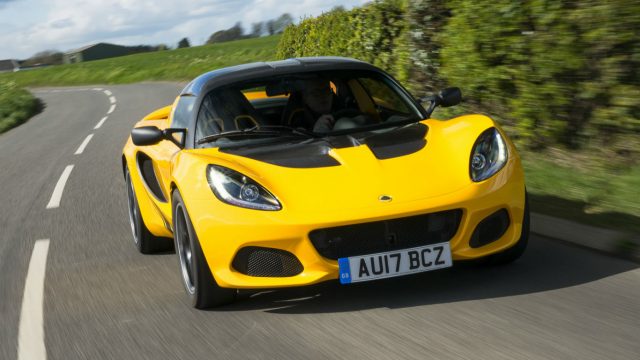
So, onto the road. While it’s quite hard to make a subjective evaluation of how the weight loss has improved the performance, with the Sprint 220 you have a power-to weight ratio that’s better than any production car under £50,000. The 1.8 provides eye-watering acceleration, supercharging ensuring there’s a real thump forward even from very low revs.
The exhaust system is new – louder to please customers who asked for a more vocal presence – and this helps the impression of jaw-dropping speed. VMax may be ‘only’ 144mph, but 60mph is reached in 4.1 seconds, which is almost supercar-fast.
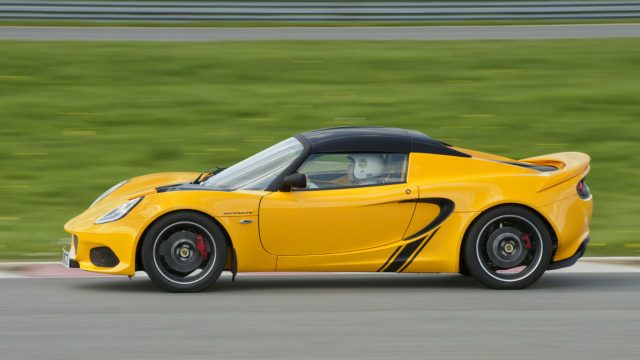
The delight of any Lotus is the delicious steering, suspension and braking ability. There’s nothing else on the market that can match the Elise’s tactility here. The 220’s steering feels a touch weighty at lower speed, but quickly lightens to give unequalled feel and precision. The result is unsurpassed confidence on a fast, winding road, helped by simply brilliant bump absorption.
That fabulous agility on the road doesn’t compromise the Elise Sprint on a track day. It can be pushed far harder and faster than you’d think possible – and if you want more, specify the optional dealer-fit sticky Yokohamas. It genuinely seems like there are no compromises here, as a road or a track machine.
Sprinting to the finish
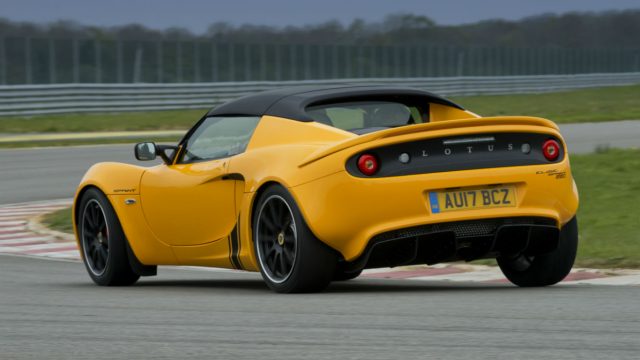
Except there are. The cheapest Elise Sprint has a 1.6-litre naturally aspirated four-cylinder engine with 134hp, and it simply doesn’t feel fast enough for that ‘Sprint’ badge. If money is limited, you can get almost all the performance of the Sprint 220 in the Sport 220 – which costs barely more than the 1.6 Sprint.
The real surprise, and a pleasant one at that, is that the Lotus Elise still stands up to almost anything you can throw at it, even after nearly 20 years on sale. Such has been the ongoing development of body, chassis and powertrain, it will still blow you away. And today it is far better built, too.
